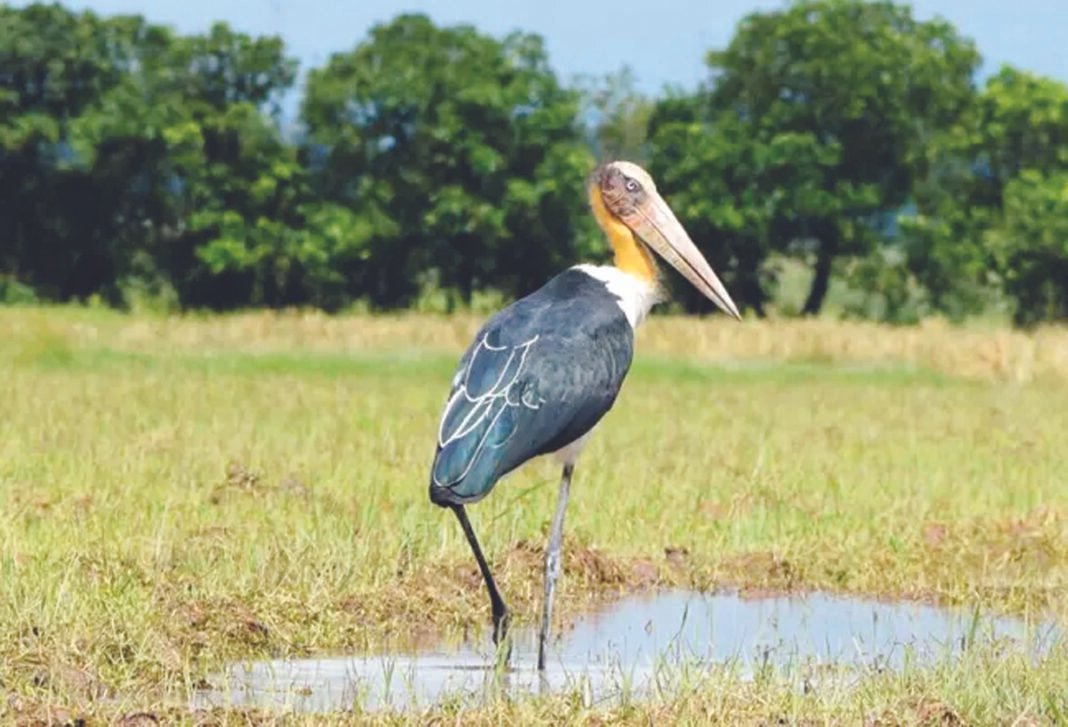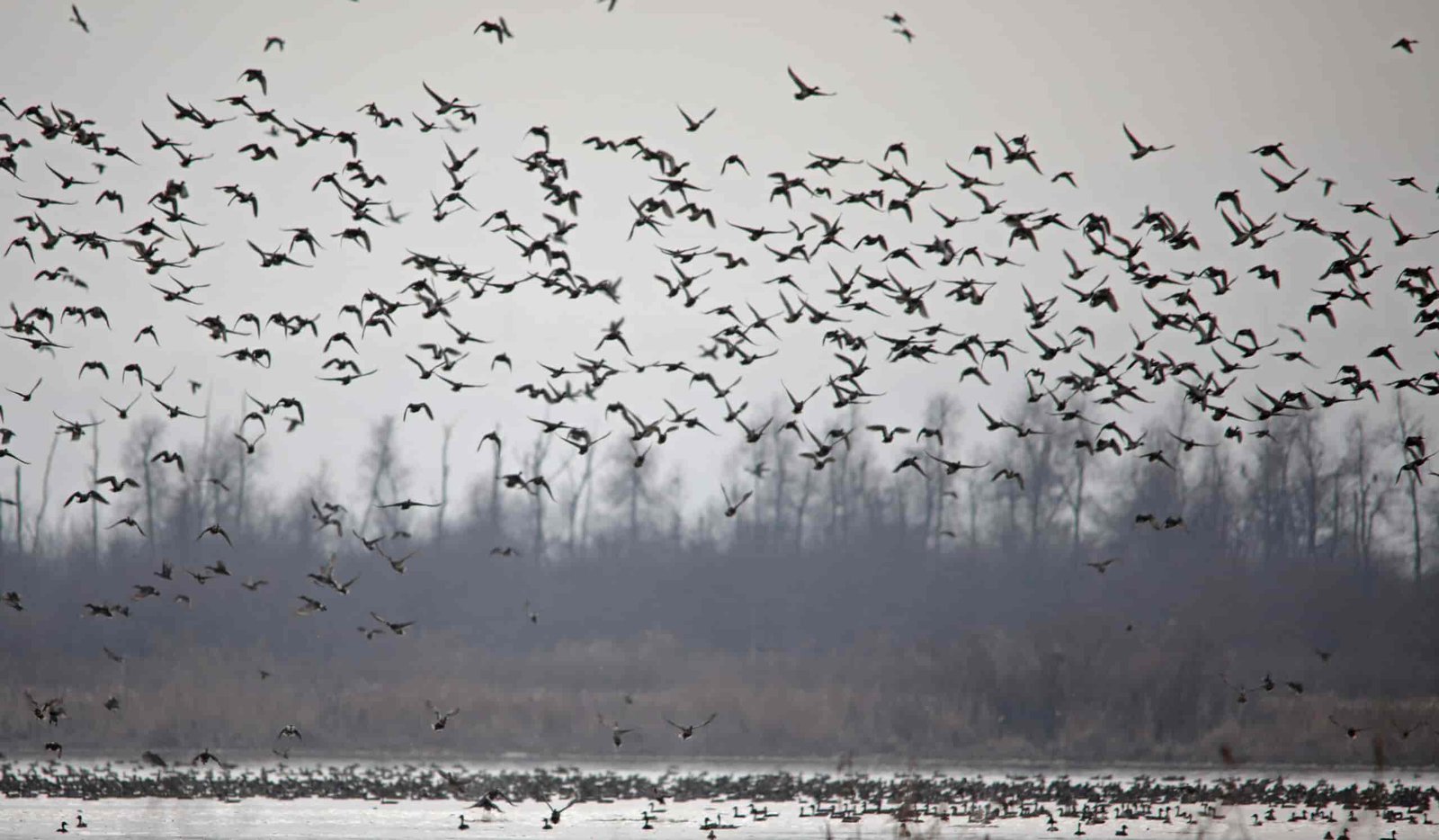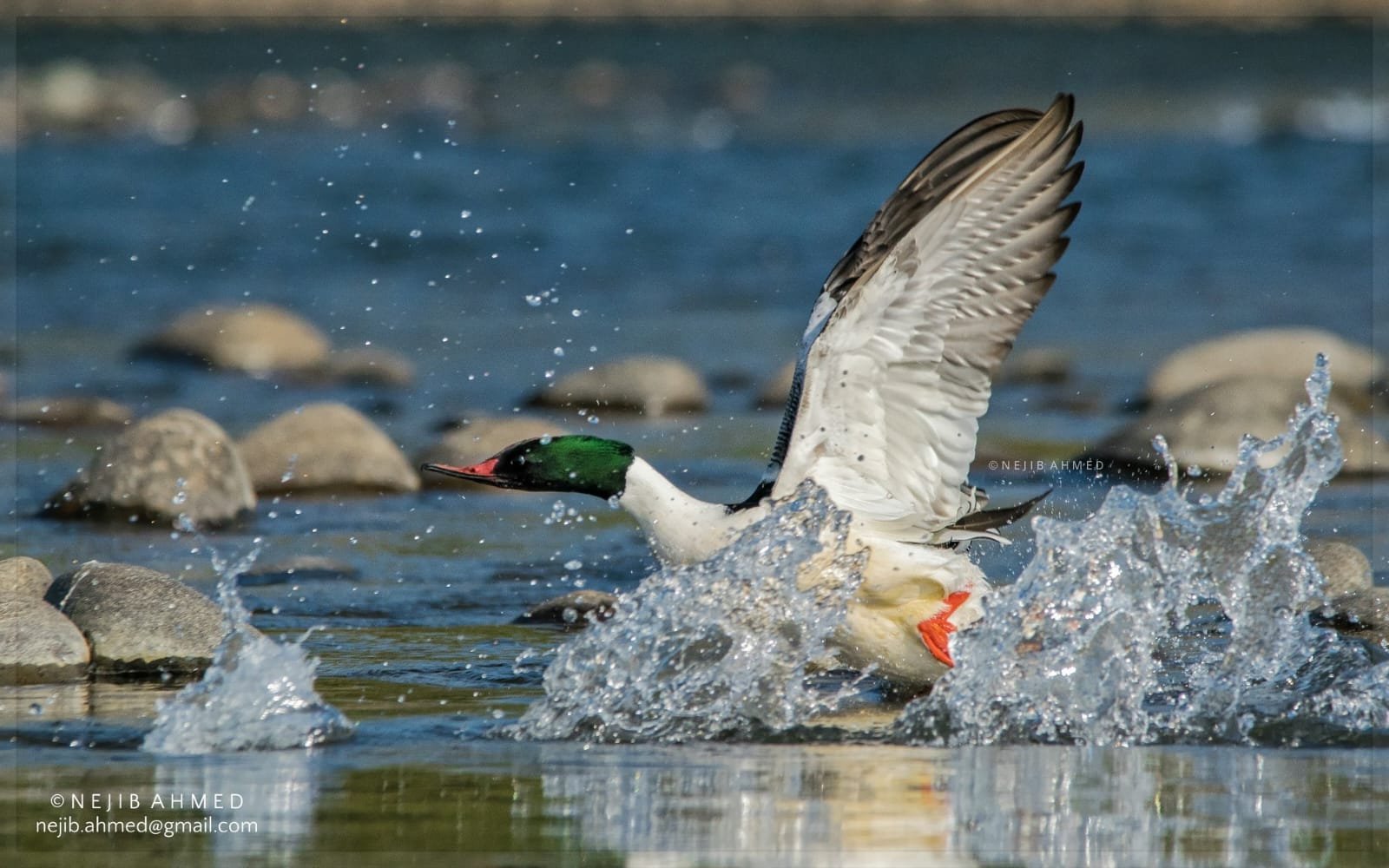GUWAHATI, Aug 3: Assam, with over 876 bird species including 290 migratory varieties, needs a planned conservation strategy to safeguard its rich avian diversity, renowned ornithologist Anwaruddin Choudhury said.
Highlighting Assam’s remarkable avian life, Choudhury told PTI that the state, despite being 130 times smaller than the European continent, hosts nearly as many bird species (876 compared to Europe’s 930), and the number rises to 982 when sub-species are included.
He pointed out that so far, 12 ‘critically endangered’, 10 ‘endangered’, 31 ‘vulnerable’, 50 ‘near threatened’, and nine ‘restricted range’ species have been recorded in the state.
The main conservation issues in Assam are habitat loss and hunting, along with poaching, he pointed out.
“The felling of trees, shifting cultivation, clearance of forests for settlements and cultivation, mining for oil, coal, limestone and setting up of hydro-electric projects have resulted in habitat loss,” he said.
Currently, the existing protected area network covers 3,658 sq km or 4.6 per cent of the state’s land and “this should be extended wherever possible”, the ornithologist said.
There should be a planned conservation strategy, and it is recommended that some more protected areas be formed, he said.
“Smaller conservation reserves and community-run sanctuaries should be established in the sacred groves, village forests and in smaller reserved forests with the help of villagers,” Choudhury said.
Besides, in the protected areas, there is a need for better control of poaching and shifting cultivation, while environmental awareness should be increased in the villages surrounding these areas.
“Adequate protection to the existing protected areas, and stricter enforcement of the Wildlife (Protection) Act are also recommended, particularly outside the protected areas to prevent large-scale trapping of migratory waterfowl and also poisoning of birds,” the ornithologist said.
Burning of tall grasses, practised in the protected areas as part of conservation management, should be completed by January to avoid damage to the breeding of grassland birds, while plantation of trees in the grassland by forest and soil conservation departments should not be done, he said.
Choudhury also said priority must be given to further research to monitor population and movement of threatened and near-threatened species such as the white-winged wood duck, white-bellied Heron, spot-billed Pelican, Bengal Florican, Brown Hornbill and others.
Assam has the largest known population of the Bengal Florican, White-winged Wood Duck, Black-breasted Parrotbill, Swamp Francolin, Lesser Adjutant and Greater Adjutant in the world, but most of these are endangered, the retired bureaucrat said.
Of the total species, 290 are long-distance migrants and for the bulk, Assam is their winter abode with the most conspicuous visitors being the waterfowls, especially ducks and waders, found around rivers and water-bodies, he said.
Most of the long-distance migrants to the state and other parts of the Northeast are from the northern latitudes, especially from China (Tibet, Manchuria and other areas), Mongolia and Russia (chiefly Siberia).
“The richness and diversity in bird species is due to the fact that Northeast India is the meeting place of three zoogeographic sub-regions — the Indo-Chinese, Himalayan and Indian — within the framework of the Oriental or Indo-Malayan Zoogeographic region,” he pointed out.
Besides, Assam is part of two global biodiversity ‘hotspots’ — Himalaya and Indo-Burma — and also part of two endemic bird areas — Eastern Himalaya and the Assam plains, he said.
Choudhury, whose books are considered the bedrock of ornithology in the Northeast, has authored more than 30 books on the subject, with most related to birds found in the different states of the region. His latest, ‘A Pocket Guide to the Birds of Assam’, was released last month.
He was the first to compile a book titled ‘Checklist of the Birds of Assam’ in 1990, followed by a more detailed ‘The Birds of Assam’ in 2000 and the latest this year.
“The latest book seeks to provide an updated checklist of birds with a brief description of all the species found in the state, presented in simple language coupled with scientific authenticity for both popular reading and technical reference,” he said.
The ultimate aim of the book, however, is to generate awareness and interest in bird study and conservation with more young people pursuing ornithology and protection of the avian population, Choudhury added. (PTI)












